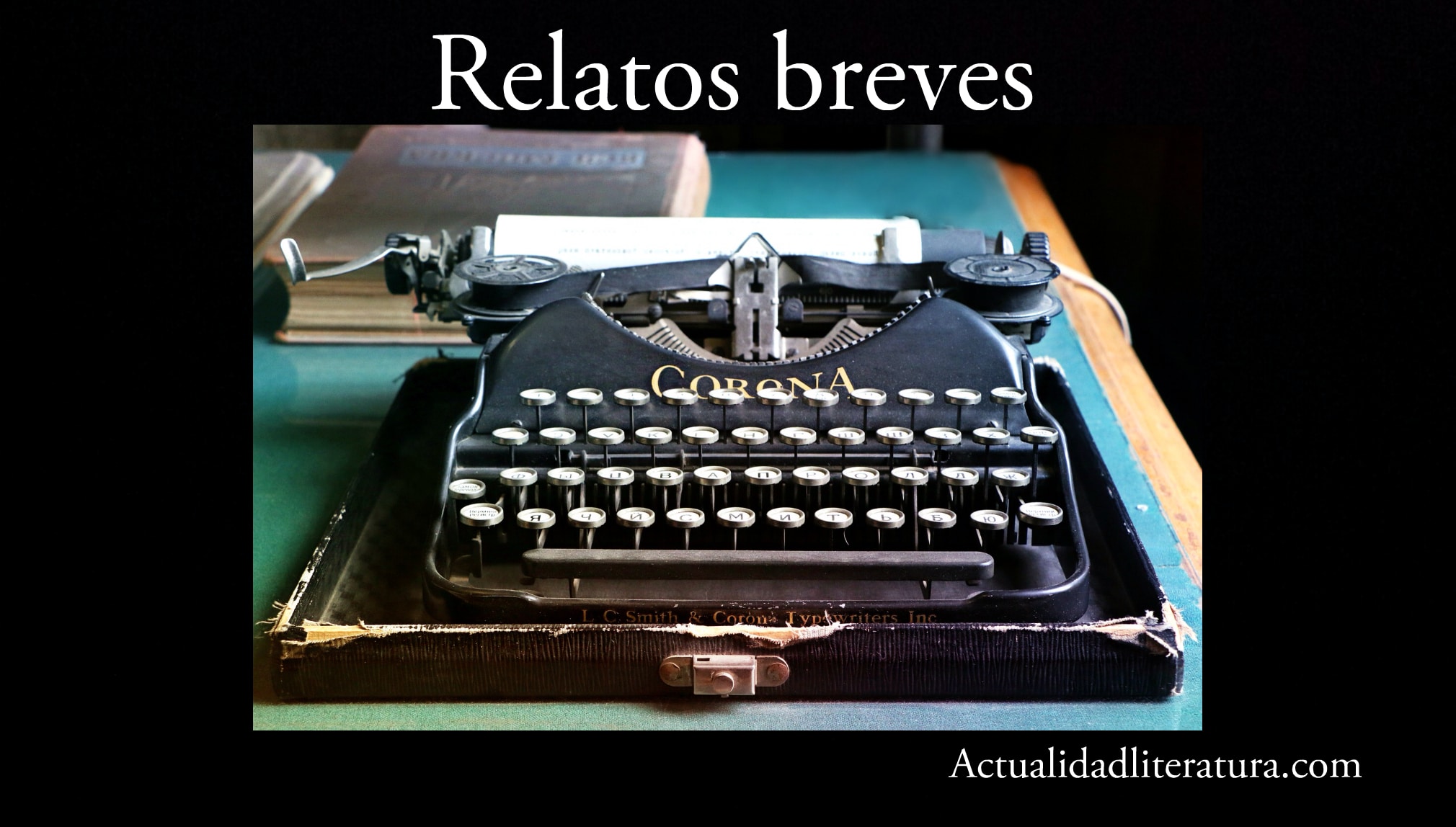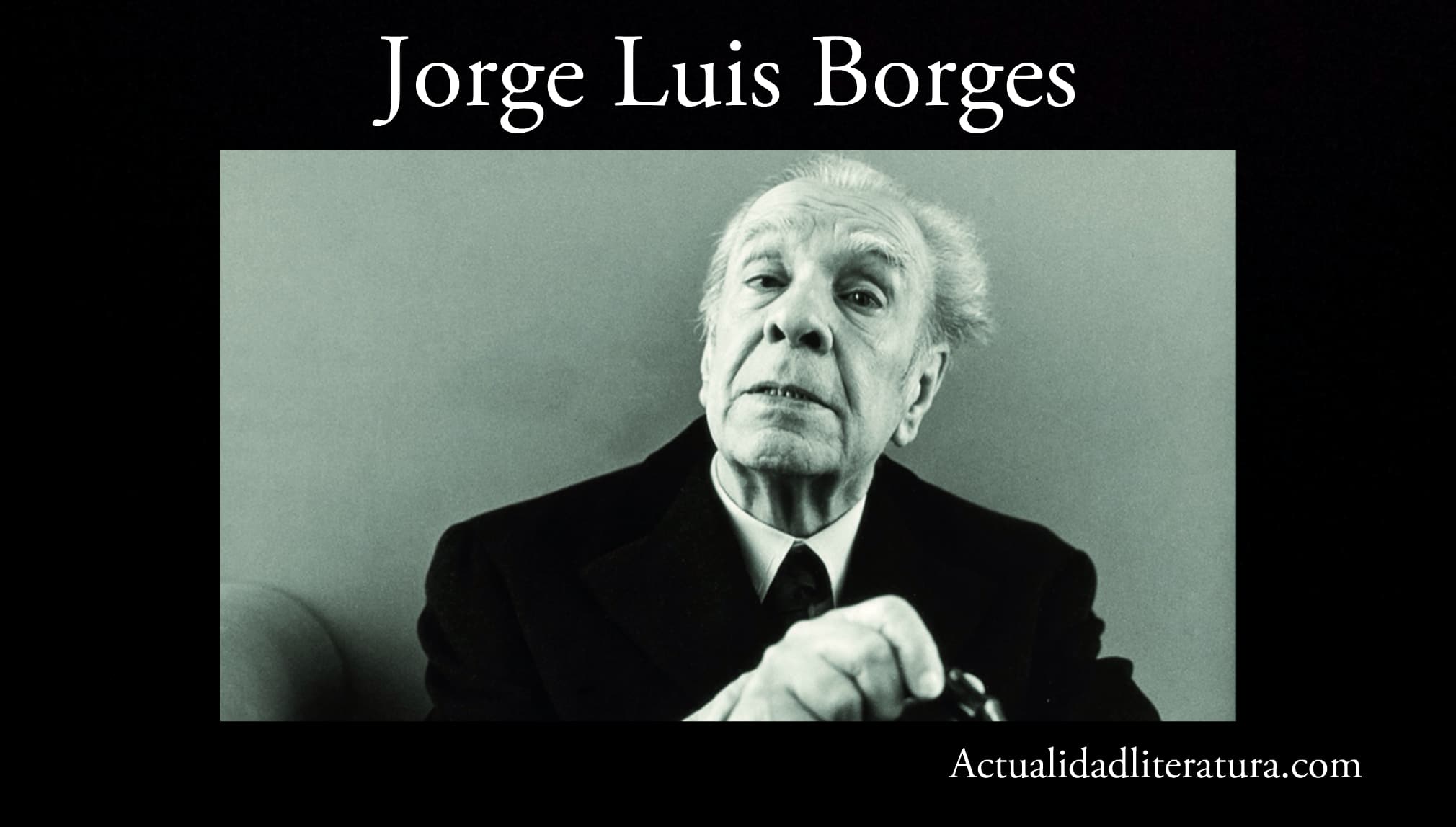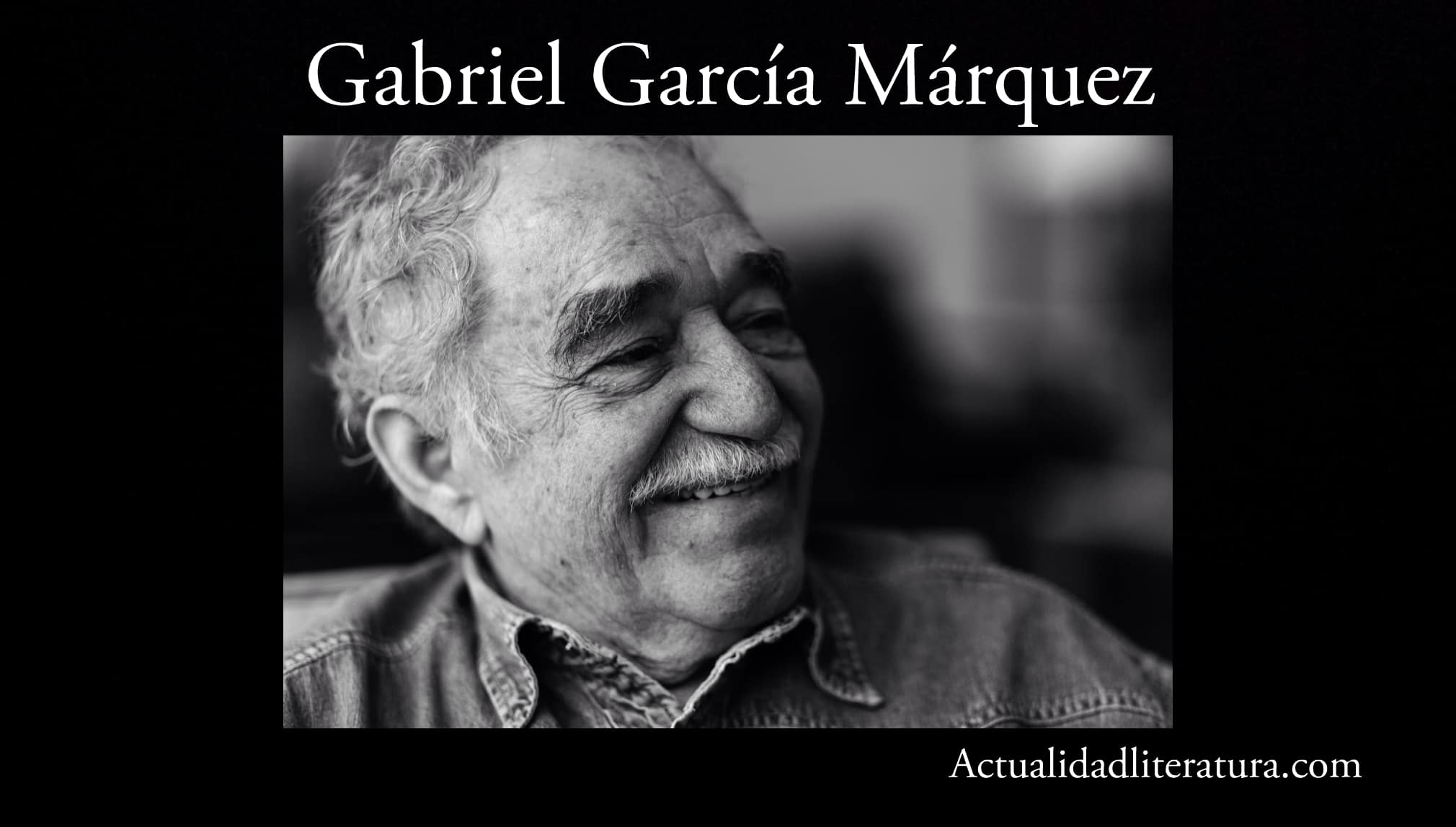
Short stories.
Short stories are extremely short stories in which a single topic is addressed. In general, they have no limits on the appropriate subject matter and range from fictional stories to texts of a suggestive or unusual nature. Micro-stories almost always lean towards supernatural issues or descriptions of an impressive reality.
In any case, the two fundamental elements within this literary subgenre are originality and concreteness. In this way, the short story will have the ability to surprise or captivate the reader (and it will not be an "easily forgettable" narrative). That is, the author must have the ability to hook his viewers from the first to the last sentence.
Characteristics of the short story
The following qualities define a short story:
Conciso
Obviously, a short story does not have the same space to develop descriptions of the environment compared to other literary genres (such as the novel, for example). There is also no place to introduce the characters in depth and no time to reflect on their motivations. Accordingly, the development of the story is compacted to the maximum.
Reduced numbers
A short story never has more than three characters, usually the narrative thread is carried by the discursive monologue of the protagonist. In consecuense, in the micro-story there is no time to “contemplate” the environment or for several twists in the plot (There can only be one, at the end).
Intenso
A short story begins without gloating or "superficial" details; the action goes straight to the point. In this sense, the entries of this type of text are usually anticipations of a climactic moment or a passage loaded with tension. In fact, the best micro-stories are characterized by taking advantage of and increasing the impact or impression generated up front and maintaining it until closing.
It is "a story within another story"
The indispensable narrative tension of a short story is achieved by the authors through the use of rhythm. At the same time, the dynamic sequence of events requires precise control of the amount of information transmitted. The reason is simple: the goal is to induce the feeling that the reader has a privileged "glimpse" of a much larger subsequent story.
Discursive style
Most of the short stories are narrated by way of speech. This is especially noticeable in micro-stories written in the first person. These are similar to statements, outbursts or exalted portraits of the protagonist.
Types of stories
Realistic account
As the name implies, it is a short story inspired by a feasible fact. Therefore, his argument starts from the close observation of a certain environment or from a real investigation. However, prior documentary work is not mandatory. One of the most common modalities of realistic story is the police one, in which, an anecdote is presented to the reader regarding a crime.
Fantastic tale
They are those where all kinds of unreal events have a place, (indeed, impossible events and / or characters are treated as if they really existed). Equally, there are micro-stories of meta-fiction anecdotal in nature. These are based on a historical event, although with a plot partially or totally invented by the writer.
Recommendations for writing a short story
Read many texts of this type
There are countless authors who are true masters of this literary subgenre, they are the best possible reference when writing a short story. Among those big names in Spanish are Soledad Castro, Julio Cortazar, Jorge Luis Borges, Mario Benedetti, Julio Ardiles, Vicente Huidobro and Gabriel García Márquez.

Jorge Luis Borges.
Exclusive focus on the events to be narrated
Being a condensed, concrete and intense type of narrative, it is necessary to carefully select which passages have true relevance within a plot. One of the ways to get to this point is to go from macro to micro, something like “a summary of a summary”. Subplots are undoubtedly left out.
At the same time, you cannot omit some crucial element because it makes the whole story meaningless. So, outlining a good short story is a perfect balance between a huge volume of information - told in a coherent or understandable pace - and the shortest possible length.
Careful selection of characters
When a short story has two or three characters, the advice is to differentiate them very clearly. However — as there is no room for detailed descriptions— the main features should be noticeable in a few words (the fewer the better). In these cases, the contrast between the characters could be used to make the reader think or doubt.
Structured statement of the facts
The super compact organization of the short story does not exempt it from showing the reader its basic elements:
- An entry (introduction)
- A development
- A denouement
Of course, each of these parts of the text is usually just one or two sentences and they carry a chronological sequence. Otherwise, the risk of putting together an unintelligible story is quite high.
A shocking start, a memorable close
The beginning should capture the reader's attention as much as possible. Thus, the entrance has to be exciting and eye-catching. Similarly, the final twist represents an opportunity to leave the viewer moved. To achieve both effects, it is necessary to carefully plan and select the information displayed in each line of the text.
Narrator's Choice
Due to the brevity of the text, there is only room for a single rapporteur. In this sense, the most suitable for a micro-story are the main narrator and the omniscient narrator. In addition, the type of narrator makes possible certain games with the language that depend a lot on the originality of the author.
The surprise is in the details

Gabriel Garcia Marquez.
Despite the limited margin available to capture some details, it is advisable not to do without them completely. In this regard - once again - the writer's capacity for concreteness is essential to condense those indispensable descriptions for the consistency of the story. Plus, those key elements can increase your chances of getting a stunning ending.
Finally, the title
After carefully condensing, reviewing and debugging the content… it's time to give the text a title. In this point, the advice is to go for an intriguing, interesting and thought-provoking headline. After all, one or two things about a short story should remain on the reader's mind: the title and the thought or concern it produced.
Excellent article, it really is a very valuable guide.
-Gustavo Woltmann.
I just read "The light of nostalgia and other stories" by Miguel Angel Linares. A book of short stories, aphorisms and phrases highly recommended. Very romantic and melancholic. Recommended for those who like short stories.